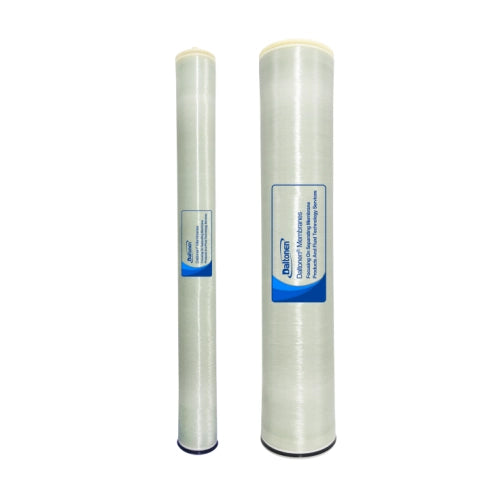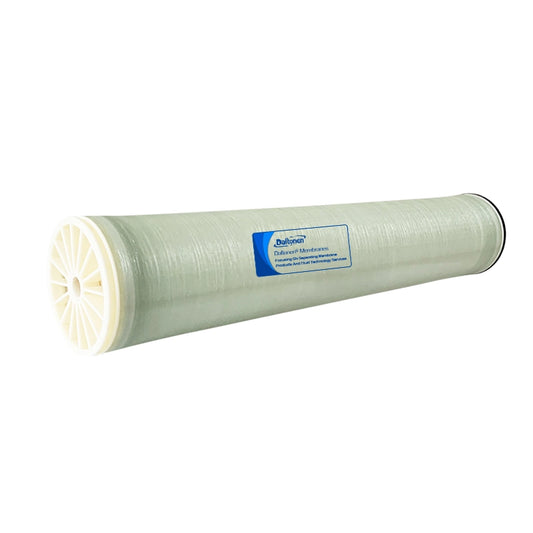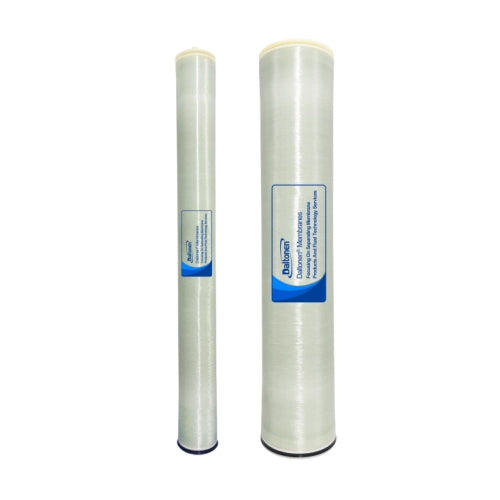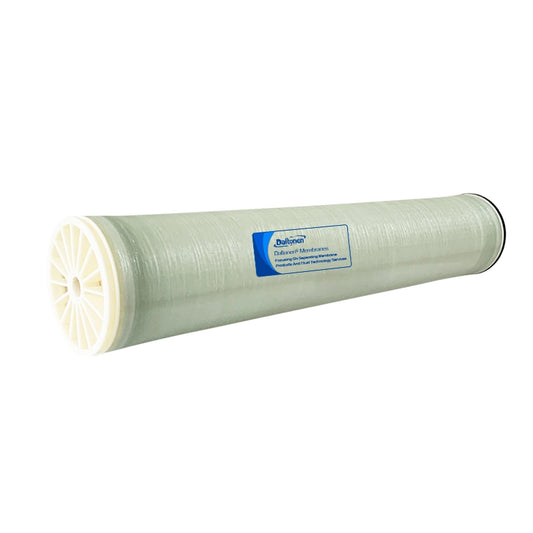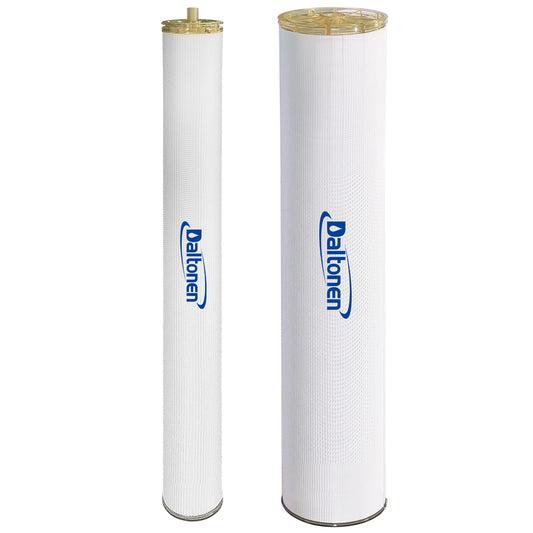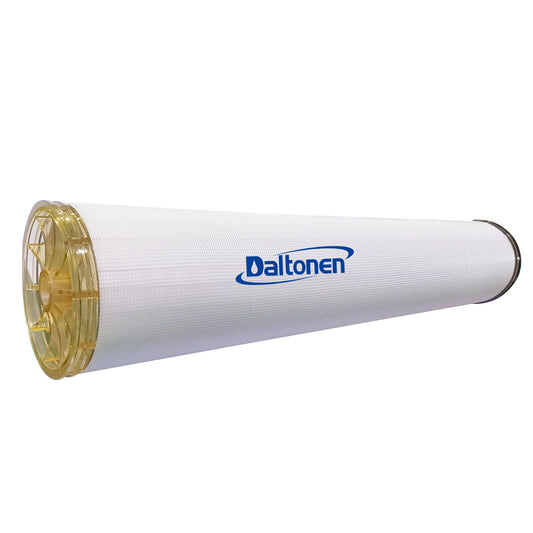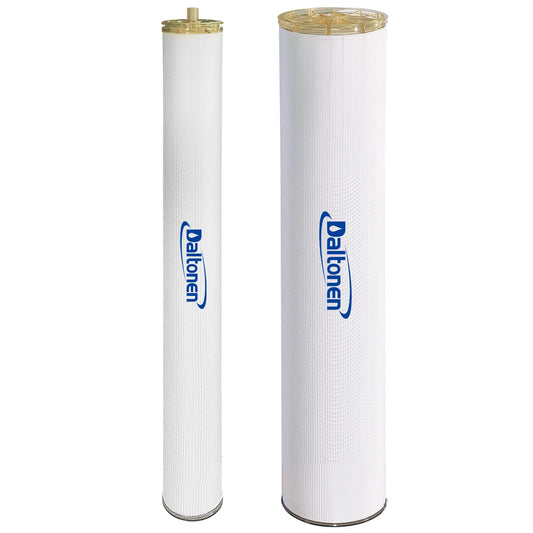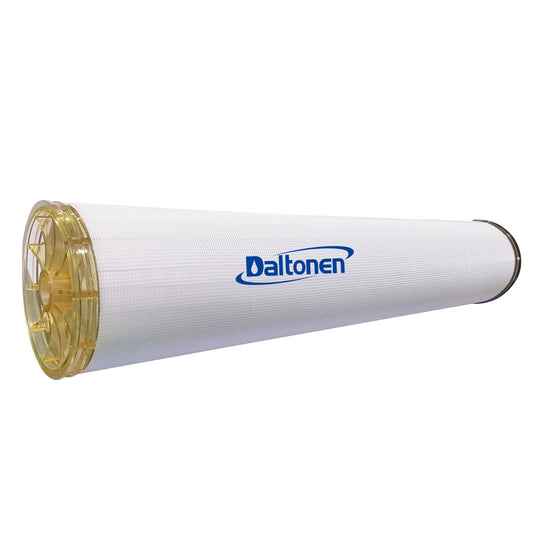How to Select the Right DTRO Membrane for Garbage Leachate Treatment?
28 Apr 2025
When selecting a DTRO (Disc Tube Reverse Osmosis) membrane for garbage leachate treatment, it is essential to consider the characteristics of the leachate, membrane performance parameters, operating conditions, and cost-effectiveness. The following are specific recommendations for membrane selection:
1. Analyze Leachate Water Quality Characteristics
Pollutant Concentration: Test indicators such as COD (Chemical Oxygen Demand), BOD (Biochemical Oxygen Demand), TDS (Total Dissolved Solids), salinity, ammonia nitrogen, and heavy metals. For high salinity and high organic content, choose DTRO membranes that are high-pressure resistant and anti-pollution.
Suspended Solids (SS) Content: If the SS content is high, enhance pretreatment (e.g., ultrafiltration, multi-media filtration) to prevent membrane clogging.
pH Value: Leachate is usually acidic or alkaline; select membrane materials with strong chemical stability (such as polyamide composite membranes).
Temperature: High temperatures may affect membrane performance; choose membranes with good temperature resistance.

2. Key Membrane Performance Parameters
Rejection Rate: Select membranes with high rejection rates for COD, salinity (e.g., NaCl rejection rate >98%), and heavy metals.
Flux (Permeability): Choose membranes with moderate flux according to the treatment scale to avoid accelerated membrane pollution due to high flux.
Pressure Resistance: DTRO membranes need to withstand high pressure (60-120 bar); select membrane elements with high structural strength (such as membrane sheets with reinforced grids).
Anti-fouling Properties: Prioritize membranes with surface modifications (e.g., hydrophilic coatings) or anti-fouling designs to reduce the adsorption of organic matter and colloids.
3. Membrane Materials and Structure
Material Selection: Polyamide composite membranes (PA) or polyethersulfone (PES) membranes, which should be resistant to acids and alkalis, oxidation, and biological pollution.
Flow Channel Design: Wide flow channels (e.g., open-type guide discs) can reduce the risk of clogging and are suitable for leachate with high suspended solids or high viscosity.
Membrane Module Form: Choose the disc tube structure suitable for high salinity environments to ensure turbulent flow and reduce concentration polarization.
4. Pretreatment and Operating Conditions
Pretreatment Requirements: Select pretreatment processes (e.g., sand filtration, activated carbon adsorption, softening, pH adjustment) according to water quality to reduce membrane pollution risks.
Operating Pressure: Adjust the pressure according to the leachate concentration; high salinity requires higher pressure (80-120 bar) to ensure the membrane's pressure resistance.
Cleaning and Maintenance: Choose membranes that are easy to clean and support acid and alkali cleaning, oxidizing agent cleaning (e.g., sodium hypochlorite), or enzymatic cleaning.
5. Supplier and Cost Optimization
Brand Validation: Prioritize DTRO suppliers with successful cases in the garbage leachate field (such as Daltonen, LANXESS, Kaina, etc.).
Membrane Life and Cost: Balance membrane price and service life; high anti-fouling membranes can reduce replacement frequency and are more economical in the long run.
Energy Consumption and Recovery Rate: Select membranes with high recovery rates (70-85%) to reduce concentrate volume and lower treatment costs.

6. Experimental Verification and Case Reference
Pilot/Intermediate Testing: Conduct on-site tests to determine membrane flux, rejection rate, and pollution cycle to verify the rationality of the selection.
Case Benchmarking: Refer to the DTRO membrane selection experience of similar projects (such as landfill and incineration plant leachate treatment).
Summary of the Selection Process
Water quality testing → 2. Pretreatment design → 3. Membrane performance parameter matching → 4. Supplier solution comparison → 5. Experimental verification → 6. Long-term cost accounting
By following these steps, you can select the right DTRO membrane for high-salinity, high-organic-content garbage leachate, ensuring the system operates efficiently and stably.
Tags:
